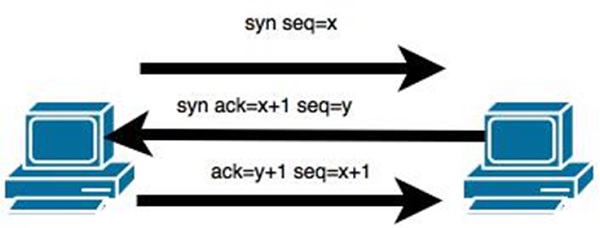Chapter 1 .Assignment 1- CO1
1. Define Threats
2. Define virus and worms.
3. Define intruders.Also explain different three types of intruders.
4. Define DOS
5.Explain backdoors and trapdoors.
6. Explain sniffing and spoofing.
7. Define logic bombs and trojan horse.
8. Define active attack.Explain various active attacks.
9. Define passive attack.Explain various passive attacks.
10. Difference between DOS and DDOS attack.
11. Write a short note on security basics.
12. List out different security threats.
13. Explain avenues of attack and steps involved in an attack.
11. Write a short note on security basics.
12. List out different security threats.
13. Explain avenues of attack and steps involved in an attack.
Chapter 2.Assignment 2-CO2
- Describe password and Explain characteristic of good password.
- Explain Piggybacking.
- Explain Dumpster Diving.
- Explain Shoulder surfing.
- Explain Password protection strategies.
- Define: Biometrics.
- Define: Key Escrow.
- Write a short note on password selection strategy.
- Explain unauthorized software and hardware effects on computer network.
- List various methods of biometrics access. Explain any two in brief.
Chapter 3.Assignment 3-CO3
- Draw and explain symmetric cipher model.
- Draw and explain asymmetric cipher model.
- Define the following terms:
- Encryption
- Decryption
- Plain Text
- Cipher Text
- encipher
- decipher
- cryptography
- cryptanalyst
- cryptanalysis
- cryptology
- Block cipher
- Stream cipher
- Symmetric key
- Asymmetric key
- Transposition cipher
- Substitution cipher
- Write steps and explain caesar cipher algorithm with example(Show encryption and decryption).
- Write steps and explain shift cipher algorithm with example.(Show encryption and decryption)
- Write steps and explain playfair cipher algorithm with example.(Show encryption and decryption)
- Write steps and explain hill cipher algorithm with example.
- Write steps and explain vernam cipher algorithm with example.(Show encryption and decryption)
- Write steps and explain vigenere cipher algorithm with example.(Show encryption and decryption)
- Write steps and explain railfence cipher algorithm with example.
- Write a short note on steganography.
Chapter 3.Assignment 4- CO4
- Define hashing function.
- Write down application of hash function.
- What is digital signature?
- Explain key escrow.
- What is public key infrastructure?Give full form of PKI.
- Give steps for obtaining digital signature.
- Explain centralized and decentralized infrastructure.
- List out different trust models.Explain any two trust models.
Chapter 4.Assignment 5- CO5
- Define Firewall.Write down any two characteristic of firewall.
- Write down different types of firewall and explain anyone in brief.
- Write a short note on kerberose.
- Write a short note on DMZ.
- Write a short note on VLAN.
- Write a short note on tunnelling.
- Write a short note on IP security.
- Write a short note on E-Mail security.
Chapter 5.Assignment 6- CO6
Chapter 5.Assignment 6- CO6
















